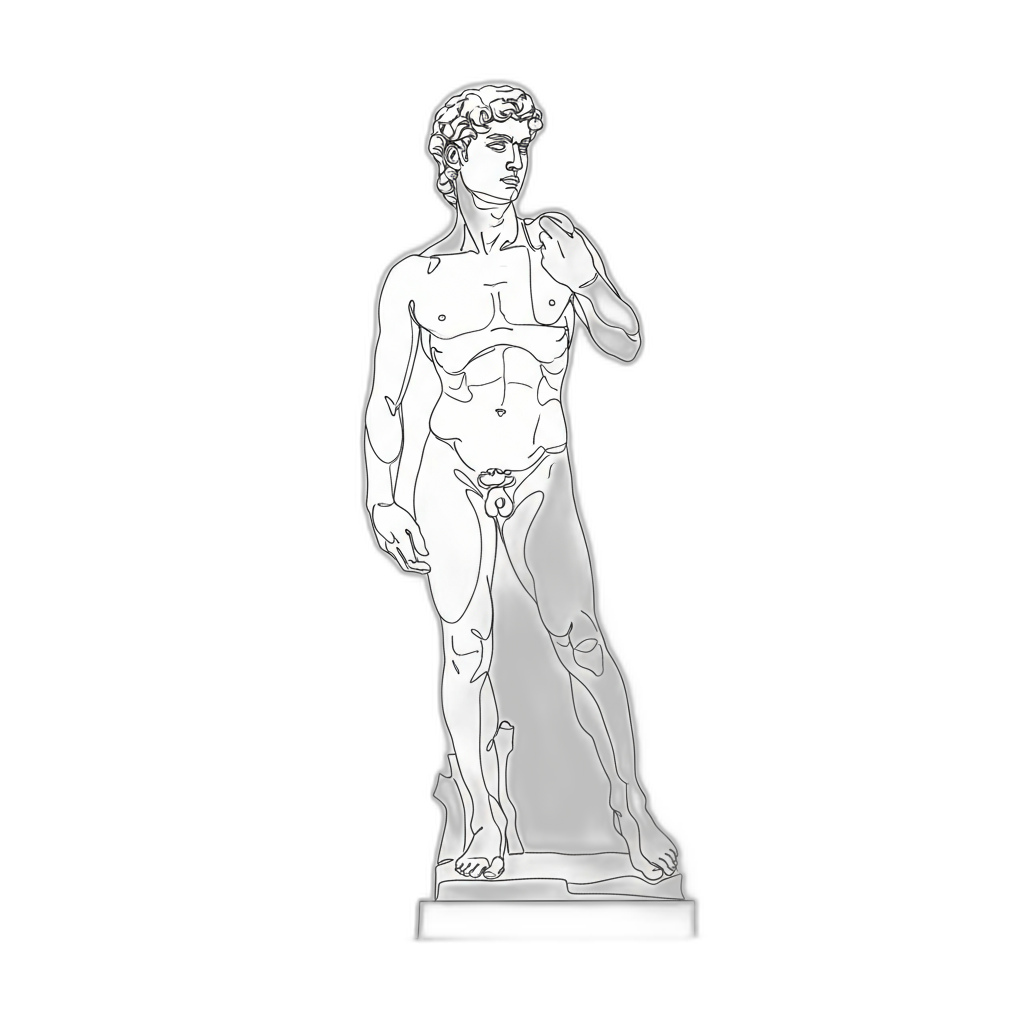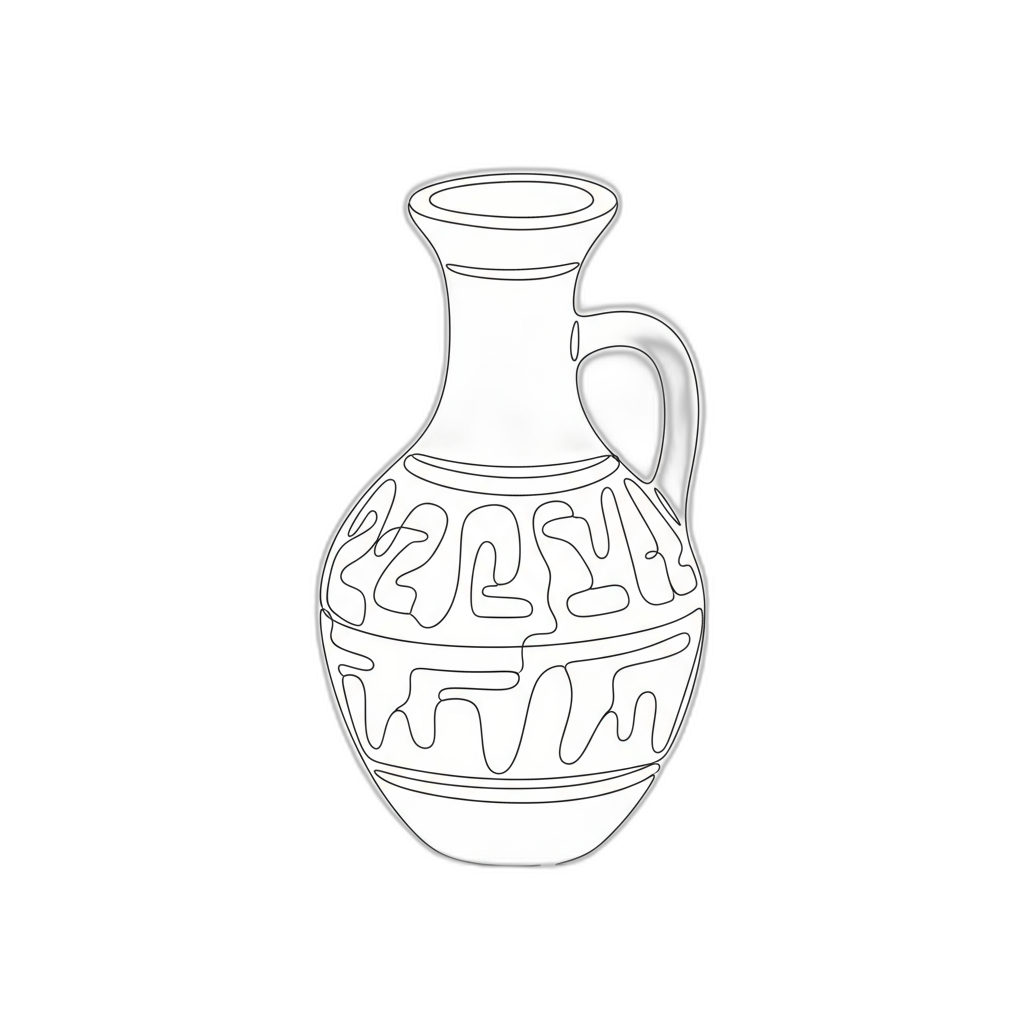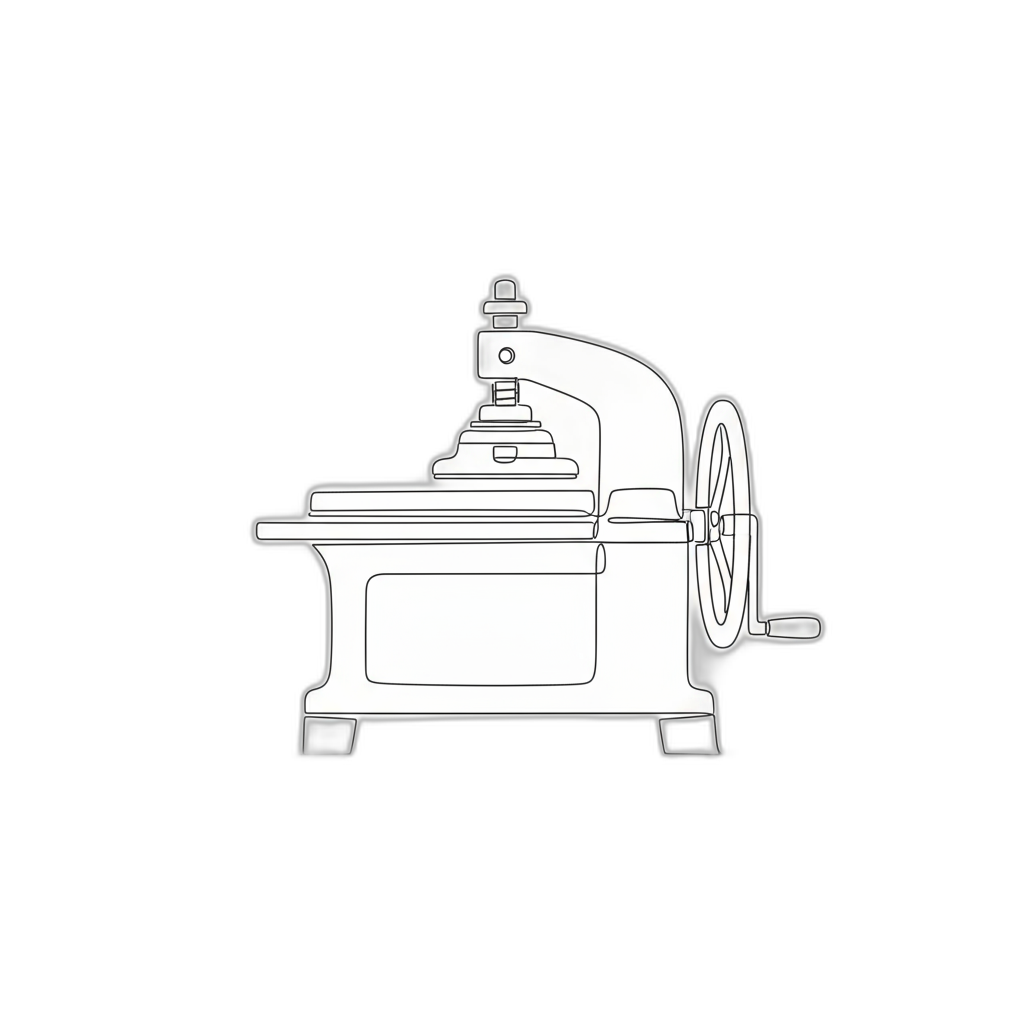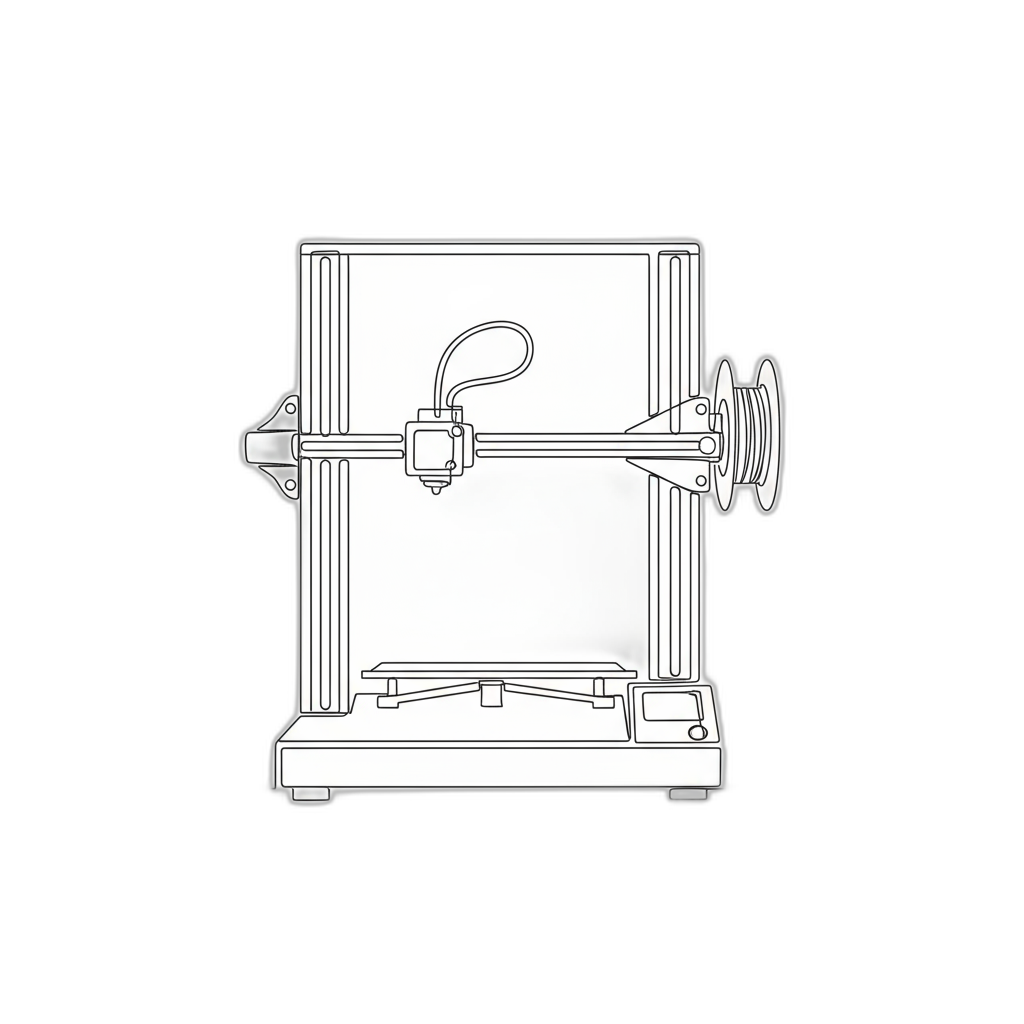






5-Star Service, Trusted & Loved by Hundreds
Your Appraiser Search Ends Here
Your Appraiser Search Ends Here
.avif)

Nationwide Coverage – Appraisals Anywhere in the US

Get it done Onsite or Online

Any Asset, Covered

Defensible for Any Purpose
Frequently Asked
Questions
No Frequently Asked Questions Found.
The essential mechanism involves policyholders paying regular premiums in exchange for financial protection against predefined potential losses. This risk management strategy allows people and organizations to navigate uncertain circumstances with greater confidence and stability.
Coverage operates across multiple dimensions, addressing diverse potential scenarios ranging from property damage to personal liability. The breadth and depth of protection depend entirely on the specific policy's terms, which outline precisely what circumstances and financial losses are eligible for compensation.
When evaluating insurance coverage, individuals must carefully assess their unique risk profile, considering factors like personal assets, potential liabilities, and financial vulnerabilities. Different types of insurance—such as property, health, auto, and liability policies—offer targeted protections designed to address specific potential challenges.
The value of comprehensive insurance coverage extends beyond immediate financial compensation. It provides psychological reassurance, enabling policyholders to pursue personal and professional activities with reduced anxiety about potential catastrophic losses. By strategically transferring risk, individuals can maintain financial resilience even when unexpected events occur.
Understanding policy details becomes paramount in maximizing coverage effectiveness. Policyholders should meticulously review limitations, exclusions, deductibles, and coverage limits to ensure their protection aligns precisely with their individual needs and potential risk exposures.
The primary purpose of an insurance coverage appraisal is to establish an accurate and current value of insured items. This valuation serves as a crucial benchmark for determining appropriate coverage levels and potential reimbursement in the event of loss or damage. Without a professional appraisal, policyholders risk significant financial vulnerability.
Accurate appraisals offer multiple strategic advantages. They help prevent underinsurance by revealing potential gaps between current market value and existing policy limits. Property values fluctuate continuously, and what was an appropriate coverage amount years ago may now be substantially different. Regular professional assessments ensure that insurance protection remains aligned with actual asset values.
For specialty items like fine art, jewelry, antiques, and unique collections, standard insurance valuations often fall short. Professional appraisals provide nuanced assessments that capture the true worth of these distinctive assets. This becomes particularly important when standard valuation methods cannot adequately capture an item's intrinsic or market value.
Moreover, a comprehensive appraisal serves as an objective documentation tool. In potential claim scenarios, these professional evaluations provide credible evidence supporting the claimed value of damaged or lost property. This documentation can be instrumental in expediting claims processes and preventing disputes between policyholders and insurance providers.
Beyond immediate insurance considerations, appraisals offer valuable insights into market trends and asset appreciation. They help policyholders make informed decisions about insurance coverage, potential investments, and long-term asset management strategies.
Ultimately, an insurance coverage appraisal is more than a bureaucratic requirement—it's a strategic financial tool. By providing precise, current valuations, these assessments empower property owners to protect their assets effectively and navigate potential risks with confidence.
An artwork appraisal represents a comprehensive professional evaluation that precisely determines the monetary and historical value of an art piece. This meticulous process involves expert assessment of multiple intricate factors that collectively influence an artwork's market worth and significance.
Professional art appraisers employ a sophisticated methodology that examines critical elements such as the artwork's provenance, authenticity, physical condition, current market dynamics, and the artist's reputation. Each of these components plays a crucial role in establishing an accurate and defensible valuation.
The evaluation goes far beyond a simple price assessment. Appraisers conduct detailed investigations that may include forensic analysis of materials, historical research into the artwork's origins, and careful examination of minute details that can substantiate or challenge the piece's perceived value. They leverage extensive knowledge of artistic styles, market trends, and collector interests to provide a nuanced understanding of an artwork's worth.
Different stakeholders rely on artwork appraisals for diverse purposes, including insurance documentation, estate planning, potential sale transactions, and tax compliance. The appraisal serves as an authoritative document that provides clarity and confidence for collectors, institutions, and potential buyers.
The complexity of art valuation requires a sophisticated approach that balances objective analysis with deep understanding of artistic and market contexts. A comprehensive appraisal not only quantifies monetary value but also captures the intrinsic cultural and historical significance of the artwork.
Online artwork appraisals have become increasingly sophisticated, offering art owners a convenient and comprehensive method to determine the value of their pieces. The process typically begins with submitting high-resolution photographs that capture essential details of the artwork. Professional appraisers carefully analyze these images, examining critical aspects such as condition, artistic technique, and distinctive characteristics.
Beyond visual documentation, appraisers collect contextual information through digital communication channels. Owners provide supplemental details about the artwork's provenance, artist background, and historical significance, which help create a more nuanced valuation. This collaborative approach allows for a thorough assessment without the constraints of physical proximity.
Live video consultations have emerged as an innovative component of online art appraisals. Using platforms like Zoom or Google Meet, appraisers can engage directly with clients, rotating artwork, examining specific details, and conducting real-time discussions. This interactive method bridges the gap between digital and in-person assessment, enabling a more dynamic and comprehensive evaluation.
The digital appraisal process offers substantial benefits, including accessibility for individuals in remote locations, flexibility for busy clients, and reduced logistical complexities. Professional appraisers maintain rigorous standards, ensuring that online evaluations are as meticulous and credible as traditional in-person assessments.
Modern technology has transformed artwork appraisals, creating a streamlined, efficient approach that meets the evolving needs of art collectors and owners. By leveraging digital tools and professional expertise, online appraisals provide accurate, comprehensive valuations with unprecedented convenience.
Artwork appraisers are specialized professionals who meticulously assess the value of diverse art forms. Their expertise spans multiple domains, each requiring unique skills and deep knowledge of artistic markets, historical context, and aesthetic evaluation.
Fine art appraisers concentrate on traditional art mediums like paintings, sculptures, and drawings. These experts possess comprehensive understanding of art movements and market dynamics, often developing profound specialization in specific periods such as Impressionism or Contemporary art.
Decorative art appraisers evaluate functional artistic items including furniture, ceramics, glassware, and textiles. Their assessments consider craftsmanship, material quality, historical significance, and provenance, making them invaluable to collectors and antique dealers seeking precise valuations.
Digital art appraisers represent an emerging professional category addressing the rapidly evolving technological art landscape. They specialize in evaluating digital creations, graphic designs, digital paintings, and emerging formats like NFTs, reflecting the dynamic nature of contemporary artistic expression.
Antique appraisers focus on artworks exceeding 100 years in age, conducting thorough examinations that extend beyond aesthetic value. They scrutinize historical importance, authenticity, and originality, distinguishing genuine historical pieces from reproductions and potential forgeries.
Specialty appraisers develop expertise in distinct artistic niches, concentrating on specific artists, regional styles, or unique media such as photography or limited edition prints. Their targeted knowledge enables nuanced, precise valuations within specialized artistic domains.
Institutional appraisers employed by museums, galleries, and cultural organizations perform critical valuation services for collections, exhibitions, and acquisitions. Operating under rigorous ethical standards, they provide essential assessments for insurance, donation, estate planning, and cultural preservation purposes.
Artworks transcend mere visual appeal, representing significant financial and emotional investments. Professional appraisals provide critical insights that extend far beyond simple price determination, serving multiple strategic purposes for art owners.
Insurance protection stands as a primary motivation for artwork appraisals. Without accurate documentation, collectors risk inadequate compensation during loss, theft, or damage scenarios. Precise valuations enable insurance companies to establish appropriate coverage, ensuring financial security for valuable pieces.
Estate planning represents another crucial context for art appraisals. When transferring assets between generations, comprehensive valuations help establish fair market values, potentially mitigating potential tax complications and familial disputes. Executors and heirs gain clarity about the financial landscape of inherited artwork collections.
Charitable donations also benefit from professional appraisals. For artwork valued over specific thresholds, formal assessments become essential for claiming tax deductions. These documentations provide nonprofits with transparent understanding of donated asset values while offering potential tax advantages to donors.
Preparing for potential sales requires nuanced market understanding. Appraisals illuminate current market trends, helping owners set competitive pricing strategies. Whether considering auction placement or private sale, comprehensive evaluations empower informed decision-making.
Investment portfolios increasingly recognize art as a valuable asset class. Professional appraisals help collectors assess artwork's financial potential, tracking appreciation and understanding long-term value trajectories. These insights support sophisticated wealth management approaches.
Authenticity verification represents an often-overlooked yet critical appraisal benefit. Reputable assessments not only determine monetary value but also confirm artwork provenance, protecting collectors from potential fraud and enhancing piece legitimacy.
Ultimately, artwork appraisals represent more than financial transactions—they are comprehensive explorations of cultural, historical, and monetary significance. By bridging emotional attachment and strategic financial planning, professional evaluations offer collectors comprehensive perspectives on their artistic investments.
Understanding Artwork Appraisals: An Overview
Artwork appraisals are essential evaluations that determine the monetary value of a piece, particularly for insurance purposes. These appraisals require expertise in art history, current market trends, and the specific attributes that contribute to a piece's worth. A professional appraiser considers various factors including the artist's reputation, provenance, condition, and demand within the art market. Obtaining an accurate appraisal not only protects your investment but also ensures compliance with insurance requirements.
The process of artwork appraisal typically involves a thorough examination of the piece, taking into account its size, medium, and style. Appraisers may also research comparable sales and consult databases to ascertain the current market value. It is important for artwork appraisals to be conducted by qualified professionals who adhere to established standards and ethics. This not only reinforces the credibility of the appraisal but also provides the necessary documentation needed by insurers for claims or policies.
Why Artwork Appraisals Are Important for Insurance
Artwork appraisals are critical for insurance purposes as they establish the documented value of art pieces, which is essential in safeguarding against potential loss or damage. In the event of theft, disaster, or unforeseen incidents, having an accurate appraisal provides evidence needed to ensure fair compensation. This process not only protects the financial investment made in the artwork but also helps owners navigate insurance claims more efficiently.
Additionally, artwork appraisals are beneficial in understanding the evolving market value of art assets over time. The art market can fluctuate significantly due to trends, artist reputation, and economic conditions, making it crucial for collectors and insurers to have updated appraisals. Regular evaluations protect art owners by ensuring they have the appropriate coverage that reflects the current value, thereby minimizing financial risks associated with underinsurance or overinsurance.
Types of Artwork That May Require Appraisals
Artwork encompasses a wide variety of forms, each requiring a unique appraisal approach. Fine art such as paintings, sculptures, and prints are often the most recognized types for insurance purposes. These works may range from well-known artist masterpieces to emerging talent, and their value can fluctuate significantly due to market trends, artist reputation, and condition. Understanding the distinctions in these categories helps ensure that insurance coverage is appropriate and reflective of current market value.
Additionally, collectibles are an important segment of artwork that may need appraisals. Items like vintage posters, limited edition prints, or even decorative art pieces can hold significant value, particularly among dedicated collectors. As the market for collectibles has grown, so too has the need for proper assessment to safeguard against potential loss or damage. Collectors should be aware that authenticity plays a crucial role in establishing value for these items, making professional appraisals vital.
Other forms of artwork that require appraisal include digital art and new media creations. As technology evolves, digital artworks have emerged as a prominent medium, bringing unique challenges to valuation due to their intangible nature. Factors such as the artist's portfolio, the uniqueness of the digital piece, and its significance in the digital art community contribute to its value. Therefore, a thorough understanding of both traditional and contemporary artworks is essential for ensuring that all pieces are accurately appraised for insurance purposes.
Key Factors Considered in Artwork Appraisals
When conducting an artwork appraisal, several key factors are meticulously evaluated to establish the piece's value. The artist's reputation often plays a significant role, as established artists tend to command higher prices due to their recognition and demand in the market. Additionally, the artwork's provenance, or history of ownership, can greatly impact its value; a piece with a well-documented history of collections and exhibitions is typically more desirable to collectors and insurers alike.
The condition of the artwork is another crucial aspect assessed during an appraisal. Any damage, wear, or restoration efforts can influence the perceived quality and authenticity of the piece, which in turn affects its overall valuation. Appraisers meticulously inspect the materials used, such as canvas, paint, and framing, as these can also contribute to the artwork's durability and aesthetic appeal over time.
Lastly, market trends and comparables come into play when determining an artwork's worth. Appraisers analyze recent sales of similar works, looking at factors such as size, genre, and the current popularity of the artist’s style. Understanding the prevailing market dynamics helps appraisers provide an accurate and fair valuation, ensuring that the artwork is properly insured against potential risks, such as theft or damage.
The Different Methods of Valuation for Artwork
When it comes to valuing artwork for insurance purposes, several methods can be employed to determine its worth. One of the most common valuation methods is the comparable sales approach, where the appraiser assesses recent sale prices of similar artworks. This method takes into account factors such as the artist's reputation, the medium used, and the artwork's provenance to provide a realistic market value. Additionally, an understanding of market trends and demand plays a crucial role in ensuring an accurate appraisal.
Another popular method is the cost approach, which considers the expenses incurred in creating the artwork, such as materials, labor, and overhead costs. This is particularly useful for new artists or artworks without a robust sales history. Lastly, the income approach evaluates the potential revenue that the artwork could generate, especially for pieces popular with collectors or used in commercial spaces. Each of these methods can provide valuable insights into an artwork's value, ensuring that it is appropriately assessed for insurance coverage.
How to Choose a Qualified Artwork Appraiser
Selecting a qualified artwork appraiser is crucial to obtaining a reliable valuation for insurance purposes. Look for appraisers who are accredited by recognized professional organizations, such as the Appraisers Association of America or the International Society of Appraisers. These credentials signify a commitment to maintaining high standards of professionalism and expertise in the field. Additionally, consider an appraiser’s experience in the specific type of artwork you need assessed, whether it be contemporary pieces, antiques, or fine art.
It's also important to review the appraiser's prior work and client testimonials to gauge their reliability and credibility. An experienced appraiser should provide clear, written reports that adhere to established appraisal guidelines, including ethical practices and transparency in the valuation process. Furthermore, communication is key; a good appraiser should be willing to explain their methods and answer any questions you may have. Ultimately, choosing a qualified artwork appraiser ensures that you receive an accurate assessment, protecting your investment and providing peace of mind.
The Artwork Appraisal Process: What to Expect
The artwork appraisal process typically begins with the appraiser gathering essential information about the piece, including its provenance, medium, dimensions, artist, and condition. This initial assessment may involve reviewing any existing documentation such as receipts, previous appraisals, or certificates of authenticity. The appraiser may also research the artist's market value and recent sales of comparable works to provide insights into the artwork's worth. This thorough groundwork is crucial for establishing a credible and accurate appraisal.
Once the appraiser has collected all relevant information, they will conduct a physical examination of the artwork. This examination focuses on the artwork's condition, authenticity, and any factors that may affect its value, such as restoration history or unique features. Following this assessment, the appraiser compiles their findings into a detailed report, which provides the necessary documentation for insurance purposes. This report not only serves as a basis for your insurance coverage but also adds value if you ever decide to sell or transfer the piece.
Common Misconceptions About Artwork Appraisals
One common misconception about artwork appraisals is that they are only necessary for high-value pieces. Many people believe that unless a painting or sculpture is worth a significant sum of money, it doesn't require a professional evaluation. In reality, appraisals are crucial for artworks of all values, as they help establish a record for insurance, facilitate potential sales, and support claims in case of loss or damage. A thorough appraisal provides valuable documentation that can aid in understanding the piece's provenance and market position, regardless of its monetary worth.
Another misconception is that any art dealer or gallery can provide an accurate appraisal. While art dealers may have extensive knowledge about various styles and market trends, they might not possess the necessary expertise in formal appraisal methodologies. Appraisals require a combination of market research, comparative analysis, and an understanding of artistic significance, which are skills best developed by certified appraisers. By choosing a qualified appraiser, individuals can ensure that their artwork receives a comprehensive evaluation rooted in professional standards, ultimately leading to more reliable insurance coverage.
The Role of Documentation in Artwork Appraisals
Documentation plays a critical role in the appraisal of artwork for insurance purposes. It establishes the provenance, authenticity, and condition of the piece, which are all essential factors in determining its insurance value. Detailed records may include purchase receipts, previous appraisals, exhibition catalogs, and certificates of authenticity. Gathering this information not only aids appraisers in their assessments but also provides insurance companies with the necessary evidence to support the appraised value.
Proper documentation can also facilitate smoother claims processes in the event of loss or damage. When an artwork is thoroughly documented, the owner can quickly provide evidence of its existence and value, expediting any claims with the insurance provider. Furthermore, maintaining updated records is crucial, as the value of artwork can fluctuate with market trends and changing conditions. Regular appraisals, combined with a robust documentation process, ensure that art collectors not only protect their investments but also enhance their understanding of the art market.
How Often Should You Get Artwork Appraised for Insurance?
Artwork appraisals for insurance should be conducted regularly to ensure that your coverage accurately reflects the current market value of your pieces. While many people may believe that an appraisal is a one-time event, the art market is dynamic, and values can fluctuate due to various factors, such as changes in artistic trends, economic conditions, or the artist's evolving reputation. Many experts recommend having an appraisal performed every three to five years, or sooner if significant alterations occur, such as acquiring new pieces or selling existing ones.
Additionally, certain life events may prompt the need for a new appraisal. If your artwork has appreciated significantly in value or if you relocate to a different insurance provider, it's crucial to reassess your coverage. By keeping your appraisal up to date, you can avoid underinsurance and ensure that, in the event of a loss, you will receive adequate compensation to replace or repair your cherished artworks.
Insurance Coverage Types for Artwork
When it comes to insuring artwork, understanding the different coverage types is essential for collectors and artists alike. Generally, there are two main categories of coverage: named perils and all-risk policies. Named perils policies cover specific risks outlined in the policy, such as theft, fire, or vandalism, making them suitable for those with a limited range of constituent risks. In contrast, all-risk policies offer broader protection, covering any risk not explicitly excluded, which can provide peace of mind for collectors with diverse collections.
Additionally, it's crucial to consider the valuation method used in the policy, which affects the amount of compensation in the event of a loss. Market value, agreed value, and replacement cost are common approaches to valuation. Market value reflects what the artwork would sell for on the open market, while agreed value sets a predetermined amount that both the insurer and policyholder accept in advance. Replacement cost focuses on the expense to replace the artwork with a similar piece, ensuring collectors are adequately protected against potential losses.
What to Do if Your Artwork Value Changes Over Time
The value of artwork can fluctuate due to various factors, including changes in demand, market trends, and the overall condition of the piece. If you notice an increase or decrease in your artwork's value, it's crucial to address this by reassessing its insurance coverage. Regularly reviewing and updating your policy ensures that your artwork is adequately protected and that you are not overpaying for coverage based on outdated valuations.
To effectively manage changes in artwork value, consider scheduling periodic appraisals, ideally every three to five years, or more frequently if the market is particularly volatile. An updated appraisal provides a current market value, which can be essential for both insurance purposes and potential future sales. Being proactive about these assessments not only safeguards your investment but also grants you peace of mind, knowing that your valuable pieces have the right coverage and are protected against unforeseen circumstances.
View all Locations
BEST-IN-CLASS APPRAISERS, CREDENTIALED BY:
























.svg)








